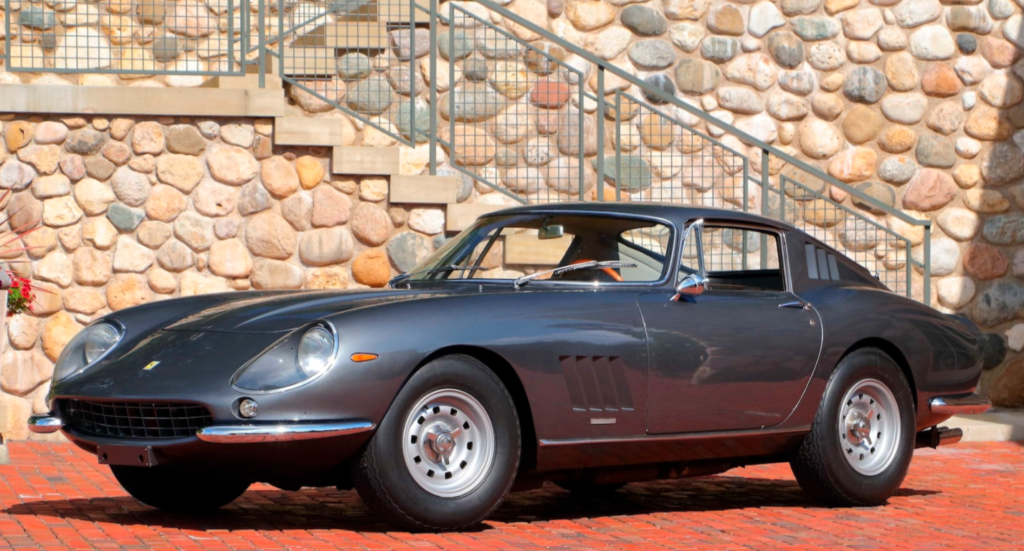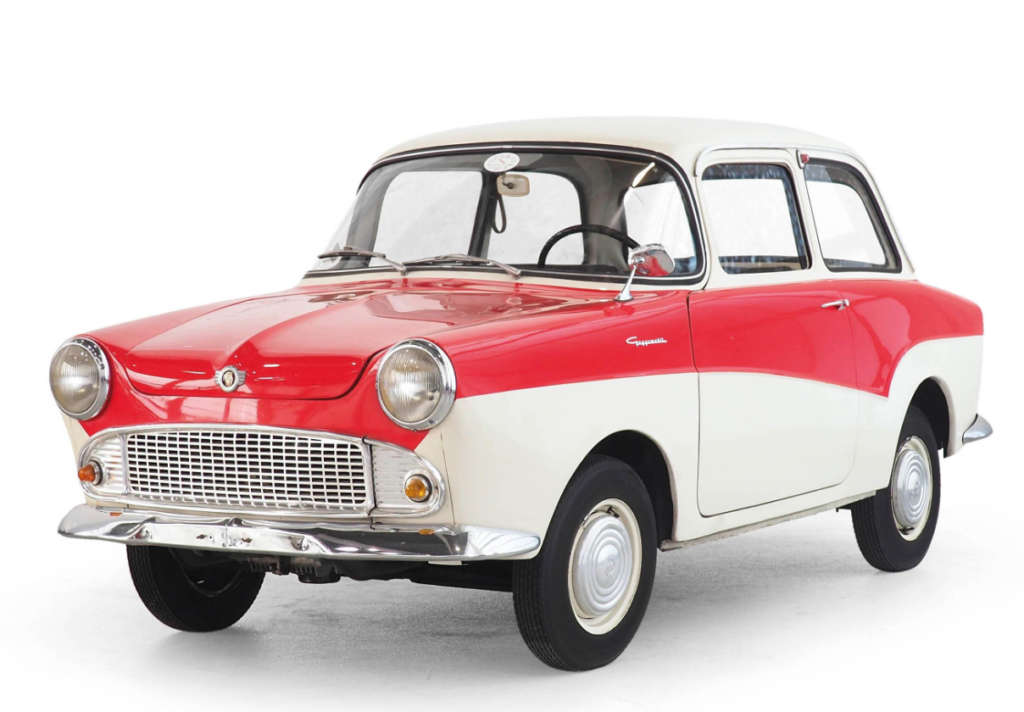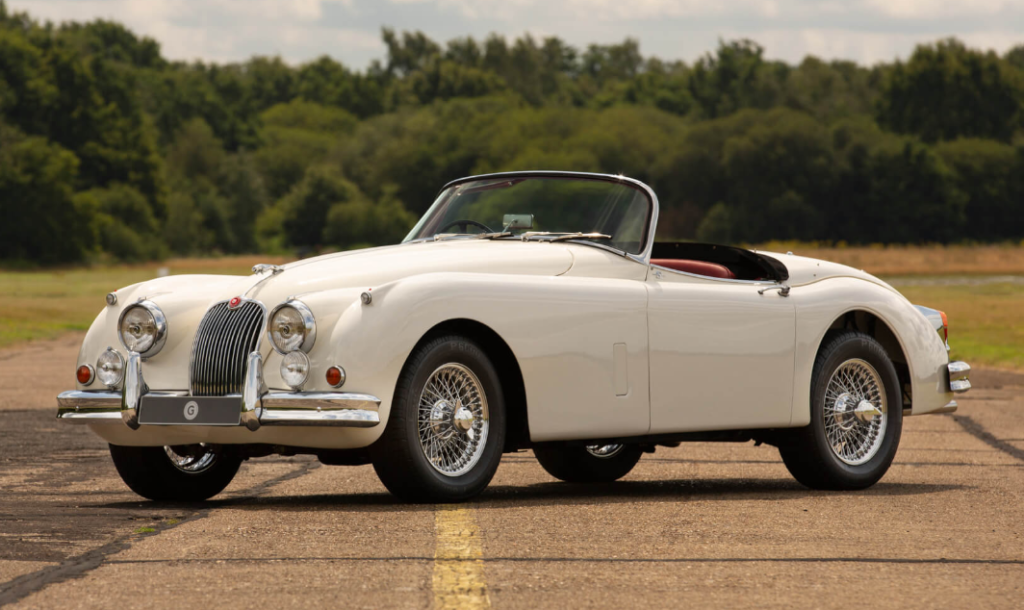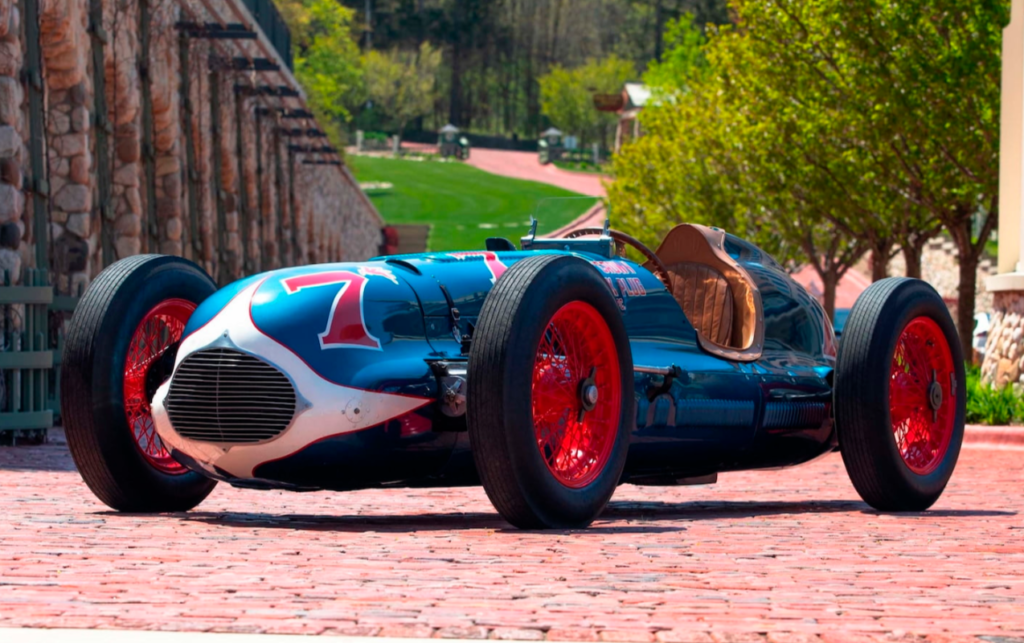1956 Nash Rambler Cross Country
Offered by Mecum | Indianapolis, Indiana | July 10-18, 2020
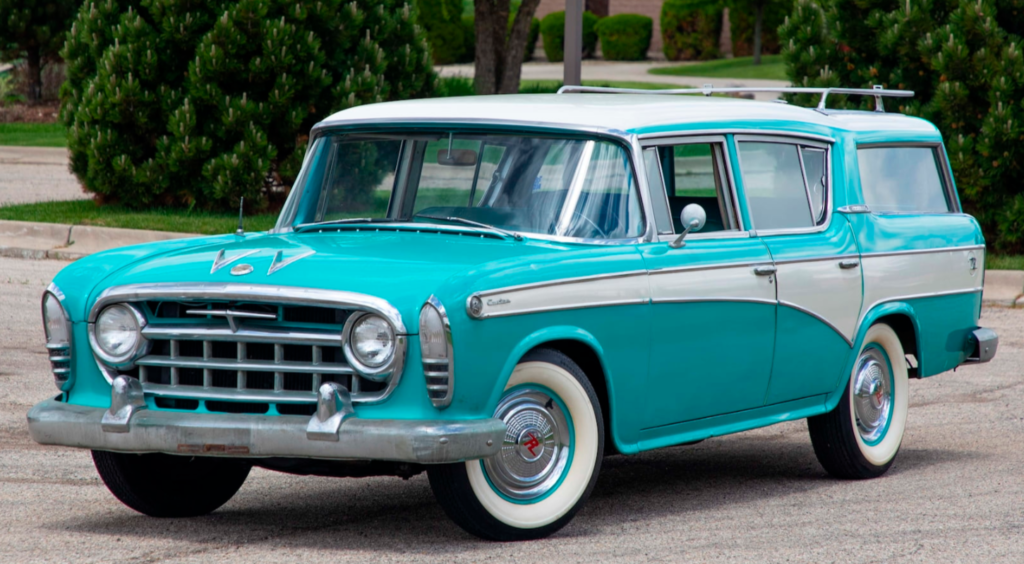
Rambler is one of the most confusing American automotive marques. The first Ramblers were produced in 1900. They would become a product of the Jeffrey company in 1914, and Jeffrey became Nash during WWI.
Nash would later produce Rambler-branded cars, up until 1958, when Rambler became its own marque again (before once more becoming a model under the AMC brand). The 1956 Rambler was completely redesigned, and some seem to think it was its own marque beginning in 1956. The ’56 and ’57 Ramblers were pretty cool looking, especially in wagon form as shown here.
Power is from a 3.2-liter inline-six that was factory rated at 130 horsepower. Production totals are hard to come by for the $2,326-when-new Cross Country wagon, as the totals are combined with the mid-level Rambler Super Station Wagon. Between the two models, 21,554 were built. Turquoise is one of the best 50s colors, making this wagon a winner. Click here for more info and here for more from this sale.
Update: Sold $24,200.







